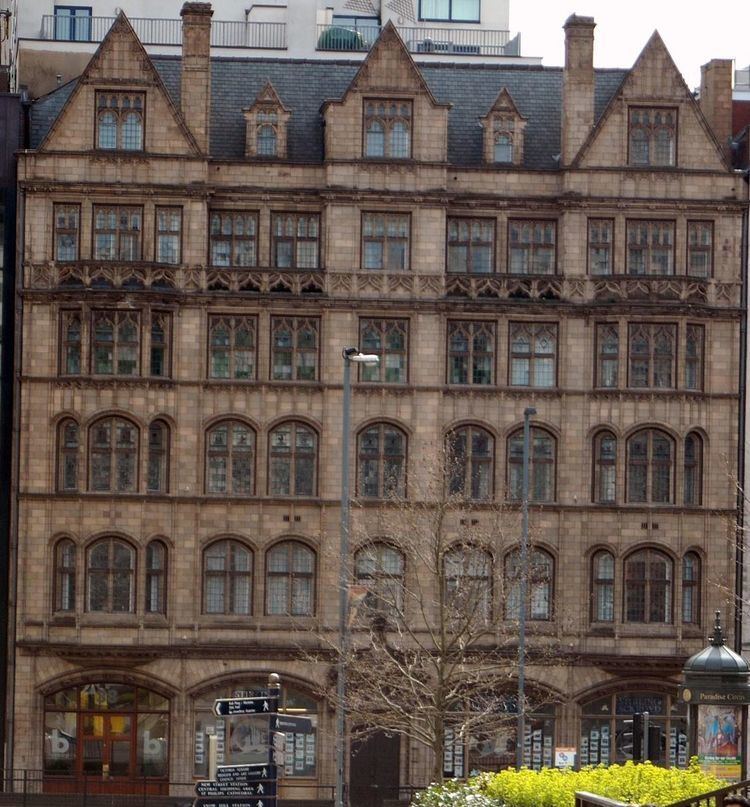 | ||
Similar The Queen's Foundation, University House - University, Lapworth Museum of Geology, Joseph Chamberlain Memorial, University (Birmingham) railway st | ||
Queen's College was a medical school in central Birmingham, England, and a predecessor college of the University of Birmingham. It was founded by surgeon William Sands Cox in 1828 as The Birmingham Medical School, a residential college for medical students. Cox's ambition was for the college to teach arts, law, engineering, architecture and general science. It was the first Birmingham institution to award degrees, through the University of London.
Contents
Cox went on to found the Queen's Hospital in Bath Row (Drury & Bateman, opened 1841) as a practical resource for his medical students. The 1828 Medical School became the Birmingham Royal School of Medicine in 1836. It became the Queen's College in 1843 by Royal Charter.
History
The college started life in Temple Row and Brittle Street (now obliterated by Snow Hill Station). From the date of its Royal Charter in 1843 a large Gothic Revival building (Drury & Bateman, 1843-5) was constructed opposite the Town Hall between Paradise Street (the main entrance) and Swallow Street, where a chapel was built to St James. The building had large lecture theatre, laboratories, anatomical rooms, a dining hall and apartments for seventy students.
The building was given a new buff-coloured terracotta and brick front in 1904.
Following internal quarrelling and lawsuits the medical and scientific departments split from the college and moved to the nearby Mason Science College in Edmund Street. Mason Science College became the University of Birmingham in 1900 and developed a new campus in Edgbaston, although the Faculty of Arts remained at Edmund Street until the 1950s. The theological department of Queen's College did not merge with Mason College, and moved in 1923 to Somerset Road in Edgbaston, becoming the current Queen’s Foundation, Birmingham.
In the mid 1970s, the original Queen's College building was demolished, with the exception of the grade II listed façade. The façade was incorporated into a new office and residential block named Queen's College Chambers, which was constructed in 1975-1976 by Watkins Gray Woodgate International.
Academics and alumni
Notable academics and alumni of the college include:
